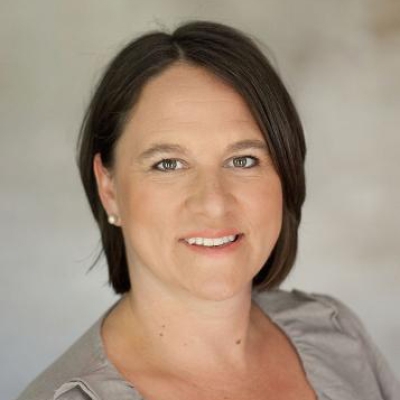DonorsChoose.org, an organization that allows teachers to request classroom supplies and experiences for their students, is guilty of discriminating against parochial and private schools. At first blush, it’s easy to see how its decision to only allow public school teachers to receive donor funds would make sense to many people who care about opportunity and equity in education. But let me tell you why it doesn’t.
I am a frequent—and proud—contributor to DonorsChoose.org projects, and the truth is, I hadn’t really done my homework and was not aware until recently that I could not fund a project at the New York City Partnership Schools or the Cristo Rey Network or any other parochial or private school that serves low-income children.
If not for a conversation on Twitter discussing the issue, I would still be an ignorant supporter who just assumed that poor children, at any and all kinds of schools, were being helped.
Private versus public
Often when we hear “private school,” our minds immediately conjure up images of elite and almost aristocratic private boarding schools attended by former presidents, members of Congress, and the children of actual royalty. Schools full of poor children don’t generally come to mind.
The New York City Partnership Schools, a network of Catholic schools that serves two of the poorest congressional districts in the country, is literally barred from posting projects at DonorsChoose.org because its schools are not technically public. The Cristo Rey Network of schools serves a similar population of students and is also excluded from the site, despite its commitment since 1996 to serve disadvantaged urban students.
Now contrast that to the public high school from which I graduated and later spent four years as a teacher. Wellesley High School is located in what is now one of the wealthiest communities not only in Massachusetts, but in all of New England. For two decades, the junior class has hosted an annual auction to raise money for junior prom, as well as senior festivities for the following year.
At the auction, parents spend hundreds of dollars on college essay help, and thousands of dollars on weekends at summer homes and ski houses.
In just one night, the junior class managed to raise $83,000 from parents. At a public school.
Despite existing in a community where houses sell for millions of dollars and children often boast of Ivy League educated mothers and fathers, teachers are still welcome to post projects on the DonorsChoose.org platform that they’d like to see funded. And they do.
Let’s be real for a second: Is a school in a district where the median home price is $1.7 million, the graduation rate is 98 percent, and the income and education level of parents is through the roof truly representative a high-need public school?
Sure, the district is governed by an elected school committee and funded through local and state tax dollars, but practically no one who’s not a millionaire can afford to live there. Its “public-ness” does not make it accessible to the public like a library or restroom or park. It is the gated-community version of a school, and the gates are closed to those who can’t buy their way in via the real estate market. It is as out of reach for the average American family as the high-priced private schools of the rich and the powerful.
It is also true that parents who can afford a religious education for their children have more money than many. But not always. Parochial schools have been a defining part of the landscape of working-class neighborhoods for generations. There are countless children who attend on scholarships and vouchers, and others whose parents sacrifice greatly to save enough money to provide their children with the best education they can.
A fundamental flaw
When I asked DonorsChoose.org about this policy, the answer came down to data. Charles Best, the organization’s founder, said that “more than 80 percent of the projects funded on DonorsChoose.org support high-need public schools, as we’re committed to serving where the economic need is greatest.”
They rely on public data about the schools: Free-and-reduced-price lunch stats, addresses and contact numbers. And they contend that, to date, there is no single source for such data on private schools that is reliable and up to date in the same way that there is for public schools. A spokesperson for DonorsChoose.org adamantly noted that they acknowledge that a need also exists for private schools. He added that “their goal is to support as many students and teachers as possible where the need is greatest, in a way that’s scalable for the organization.”
It seems to me that the beauty—and the genius—behind DonorsChoose.org is that it connects potential donors anywhere in the world with real need in America’s classrooms. But there does seem to be a fundamental flaw when schools where true financial need is literally infinitesimal—and even nonexistent in any relative sense—are welcomed with open arms, while the non-public schools in places with tremendous poverty and overwhelming need are not welcome at all.
It is my sincere hope that DonorsChoose.org will at least reconsider its policy of excluding non-public schools and instead move in the direction of examining the actual need that exists in all types of schools and allowing donors to give accordingly.
This article was originally published by Education Post.
The views expressed herein represent the opinions of the authors and not necessarily the Thomas B. Fordham Institute.

